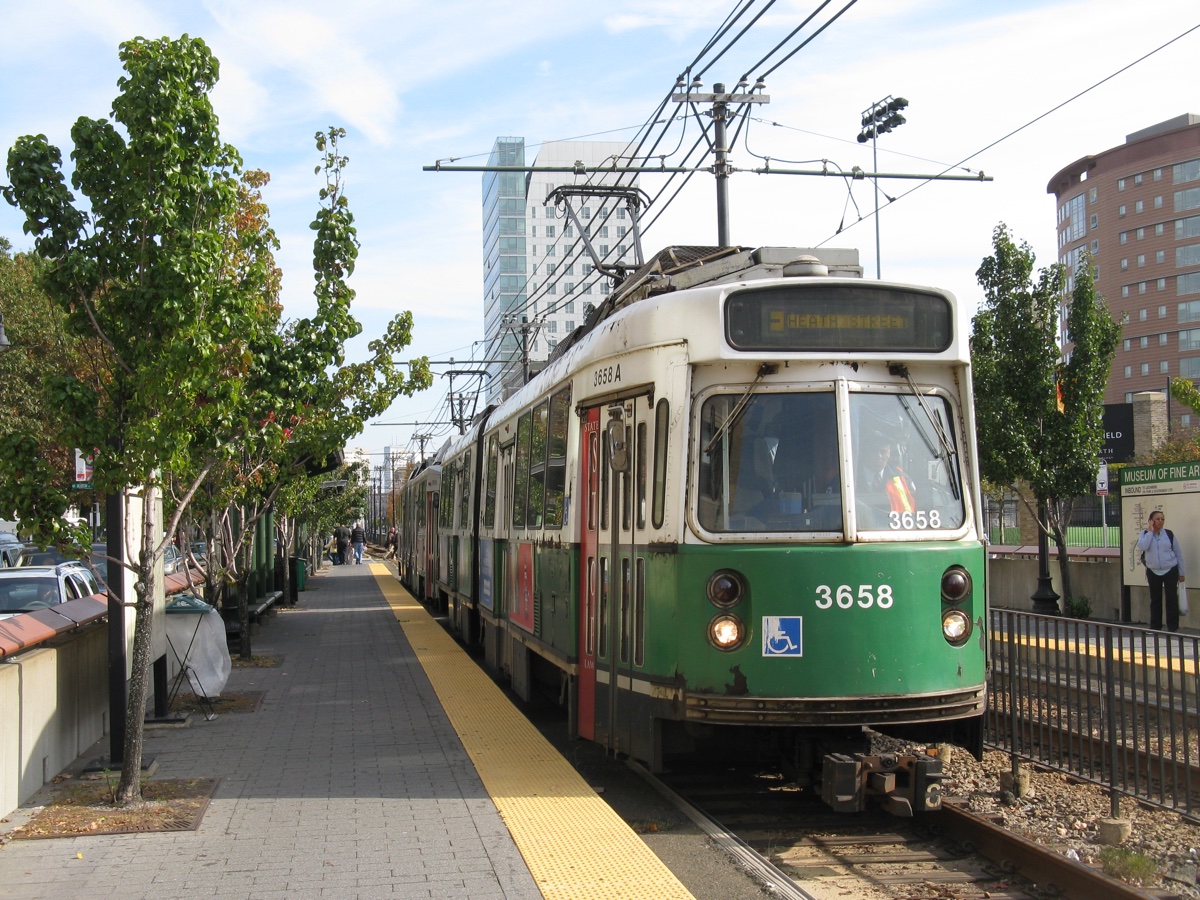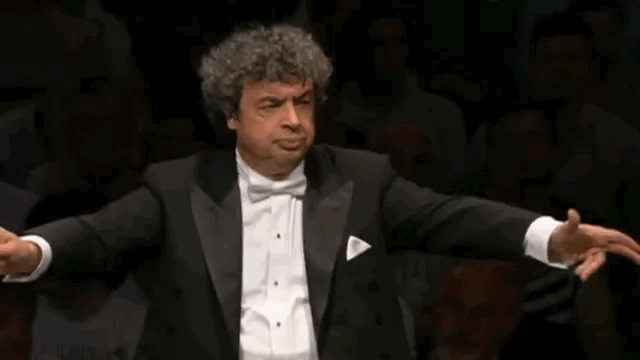The Curmudgeon’s Guide to the Green Line
Welcome to the Curmudgeon’s Guide to the MBTA, where we examine the bane of your Boston existence, one line at a time.

Photo by Michael Day on Flickr/Creative Commons
If we’re going to properly roast the most heavily used light rail system in the country, we’ll need the proper ambience.
Maestro?

The Green Line is the MBTA’s oldest line and the first subway in the Western Hemisphere. But if we’ve learned anything from Buffy the Vampire Slayer, Mad Max, and the first season of The Wire, the first iteration isn’t always the best.
Take a look at the Globe‘s September 2, 1897 account of the subway’s triumphant first day, jam-packed with pure, unadulterated, medical-grade foreshadowing:
For the general appearance of the subway, with its gleaming white walls, lit up by electric bulbs, there were many words of praise. It was conceded, even by those who have thought the subway plan a mistake, that the commissioners had done their work well, and illustrated the possibilities of transit underground in Boston in a highly satisfactory way.
Now that the “line is in use” from the public garden to Park st., public interest in the speedy completion of the present subway undertaking will be intensified. And it is altogether probable that the success of the subway as now planned will mean the adoption of plans for the extension of the underground system of transit to other parts of the city.
Not only is “the ‘line is in use'” a terrific execution of scare quotes 119 years in the making, but that public interest would intensify is a prediction so depressingly prescient it’d make your jaw drop, if only it weren’t sandwiched between some elderly woman’s armpit and the five-dozen grocery bags of a man apparently preparing for the grid to collapse. And don’t get your hopes up—that window seat on the other side of the train is only empty because the light drizzle out there means a pleather Lake Champlain in here.
The Stops
Do you hate walking small distances, but love being reminded of your own mortality? Then the B branch and its throngs of undergrads with their nuanced, grounded, and loudly shouted perspectives is just the place for you. Home of such far-flung stops as BU East, BU Central, BU Just Slightly to the Right, BU A Bit Farther, and BU: The Magazine, the B branch is the T’s tacit admission that paying $2.65 to grind down Comm. Ave. is infinitely preferable to riding the BU Shuttle after a certain hour. Any proposal for eliminating stops that doesn’t have Blandford Street at the top of the list in bold, 48-point, all-caps Comic Sans is fundamentally flawed.
The C branch essentially functions as a sort of moving sidewalk leading to and from the Trader Joe’s in Coolidge Corner. It was where Kenyan runner Rita Jeptoo memorably cruised past a Green Line trolley on her way to a first-place finish in the 2014 Boston Marathon, setting a new women’s record. Jeptoo later received a two-year doping suspension, and the trolley, a paddlin’.
Unlike the C branch, which services a sort of Diet Brookline, the D branch services true-blue Brookline, as well as Newton and Wellesley. (Just writing that sentence qualified me for a higher tax bracket.) The scrub-clad riders found at Longwood serve as the D branch’s swift, brutal backhand of reality. Are you late to your startup developing the Uber for hard-to-open jars? Here come a dozen or so people wrapping up their 18-hour shifts treating a rare form of cancer you couldn’t even spell on the first try. But please, continue going confidently in the direction of your dreams.
Unlike its siblings, the E branch diverts at Copley instead of Kenmore, rebelling against its parents and heading straight toward the arts. It features the only remaining, regularly used street-running tracks in the entire MBTA system, which never fails to look absolutely terrifying from the backseat of an already incompetent Uber.
Upon surfacing at Park Street, where the official pastime is trolley derailment, you are greeted by the unique blend of costumed Freedom Trail tour guides and some protester yelling into a plastic megaphone about chemtrails. The turnstiles at Hynes Convention Center, meanwhile, are literally held together with tape. Lechmere is named after Richard Lechmere, a Loyalist who fled for England at the start of the Revolutionary War—a hater and a loser.
And what if the barricade around the old trolley at Boylston wasn’t there to keep us out, but…to keep it in?
The Characters
Green Line VR Guy, the green Power Ranger, Nissan drivers, the dead, freshmen wearing orientation lanyards and chatting with other freshmen wearing orientation lanyards, socialists.
The Bright Side
There is something so beautiful about the E branch’s Museum of Fine Arts stop, where that neoclassical masterpiece, containing any number of priceless works of art, stands directly across the street from Punter’s Pub, one of the diveyist of Boston’s few remaining dive bars. The juxtaposition is divine.
Shepley, Rutan and Coolidge, the same Boston architectural firm that designed South Station, the YMCA, and Harvard’s Conant Hall, also designed the station buildings at Newton Center and Newton Highlands on the D branch.
A Green Line driver saved a puppy about a year ago. Plus, the new Government Center station is (so far) a success story. Good work all around.
Let’s see what the people are saying.
https://twitter.com/ThaRid/status/652470319492517888
Props to the Green line driver who honked at Park St because someone was literally standing in front of the train with a selfie stick #MBTA
— Benn still says Black Lives Matter (@BennKeezy) September 6, 2015
Makes me embarrassed to be from Boston @MBTA Green Line pic.twitter.com/6XWRu3PsQh
— Fred M. Isbell (@fmisbell) November 20, 2015

